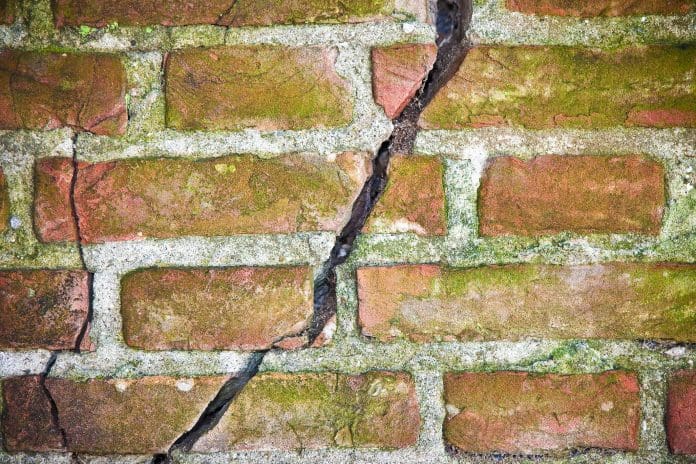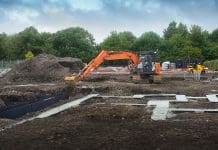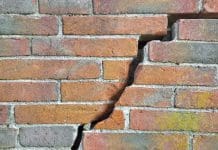A subsidence guide from IStructE explores how to deal with damage and loss in the UK caused by subsidence, heave, and landslip
In the guide titled ‘Subsidence,’ experts examine the impact of extended periods of exceptionally hot and dry weather marked by record-breaking summer temperatures.
These conditions have led to ‘surge years’ in subsidence, causing a significant increase in property insurance claims. Other surge years include 2003 and 2006, with heightened activity in 2010, 2011, and 2022.
The guidance highlights the changing climate that has caused warmer, wetter winters and hotter, drier summers. These changes have meant that more properties are vulnerable to ground movement. In turn, this has led the financial services sector to focus more on the impact of climate change on subsidence modelling.
Who is the subsidence guide aimed at?
The subsidence guide is intended for structural engineers, surveyors, insurers, and risk assessors. It emphasises the importance of customer care in navigating the stressful claims process.
“Subsidence is one of the costliest ground hazards in the UK, with the ABI recording thousands of claims annually. These can be complicated because many parties are involved in discovering and completing remedial works. And making a subsidence claim can be a stressful and complicated process for the homeowner,” said John Patch, chair of the publication’s Contributor Group.
“The experts involved need to place excellent customer care front and centre. Experts need to listen to the insured’s concerns and those of other parties, such as neighbours who may be impacted,” he continued.
There are several concerns to address, such as the logistics of remedial work, ensuring future insurance coverage, and assessing the property’s saleability.
There is hope for policyholders
Despite these worries, the guidance provides a positive outlook by highlighting technological advancements that significantly enhance the handling and resolution of claims.
There has been notable progress in risk assessments, modelling methods, and data insights.
These improvements can contribute to a better overall claim experience for policyholders, offering hope for mitigating damage, repairing buildings, and restoring stability.
“Innovations are helping to measure and model subsidence risk now and for the future. We are confident that the increased use of data and analytics will offer more precise and granular assessments. The accuracy of underwriting pricing is already improving,” said Patch.
“Chartered or Incorporated members of the Institution of Structural Engineers or the Institution of Civil Engineers have the most appropriate qualifications to conduct an initial subsidence appraisal and any subsequent detailed investigations,” he concluded.

















